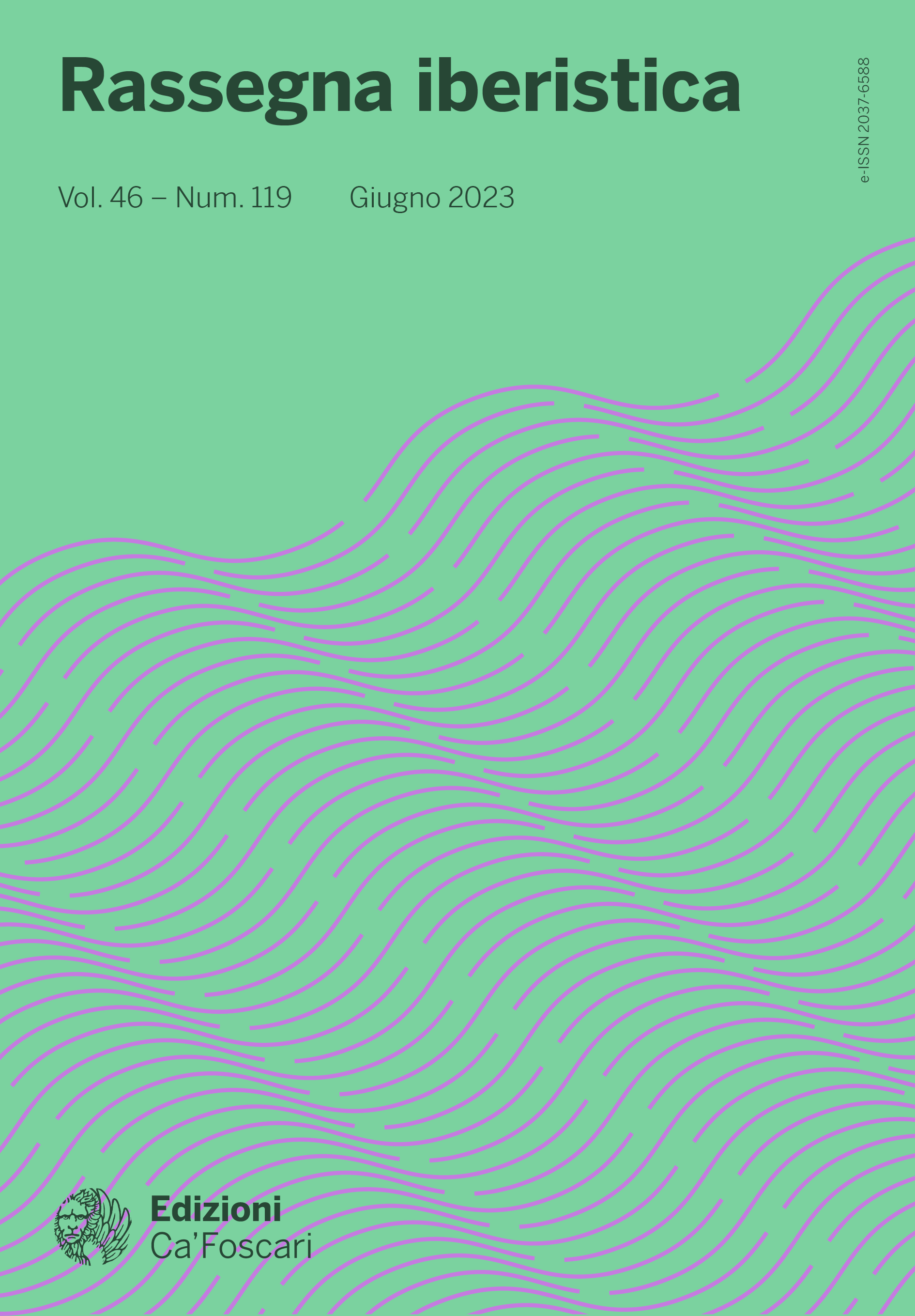
- search 94 views
- file_download 74 download
- keyboard_capslock metadata
-
mark_email_readIscriviti alla newsletter
Thematic and imaginary parallels between “The Sorceress” by Theocritus of Syracuse (III B.C.) and the Auto de fe against Paula de Eguiluz (1623-35)
abstract
In this article, we examine how an Auto de fe from seventeenth-century Cuba shows us a historical mirror of life, society and imagination. Through it we witness the story of Paula de Eguiluz, a black slave owned by the Warden Mayor of Santiago de Cuba, who was tried under the accusation of witschcraft by the Inquisition in Cartagena de Indias between 1623 and 1635. The document, considered a contextual proof in its time, today becomes a proof of historicity. Its thematic, symbolic and anthropological scope connects it to the legacy of magical and hidden rituals that survived in the Hispanic Caribbean, and whose origin dates back to Classical Antiquity. Among the texts that testify this connection, we will consider the poem “The Sorceress” by Theocritus of Syracuse , author of the Idylls. This poem tells how Simeta prepares an elixir for the young man she desires, and describes the ritual, and the emotional circumstances that surround it, in detail. In this article, we introduce the connections between the magical imaginary described by Theocritus, and the beliefs that in seventeenth-century Christian Europe were still part of popular culture and that, transferred to America, were hybridizing with indigenous traditions and beliefs coming from Africa through the Atlantic slave trade.
Keywords: Classicity and Inquisition • Gender • Comparatism • Thematology • Imaginary



